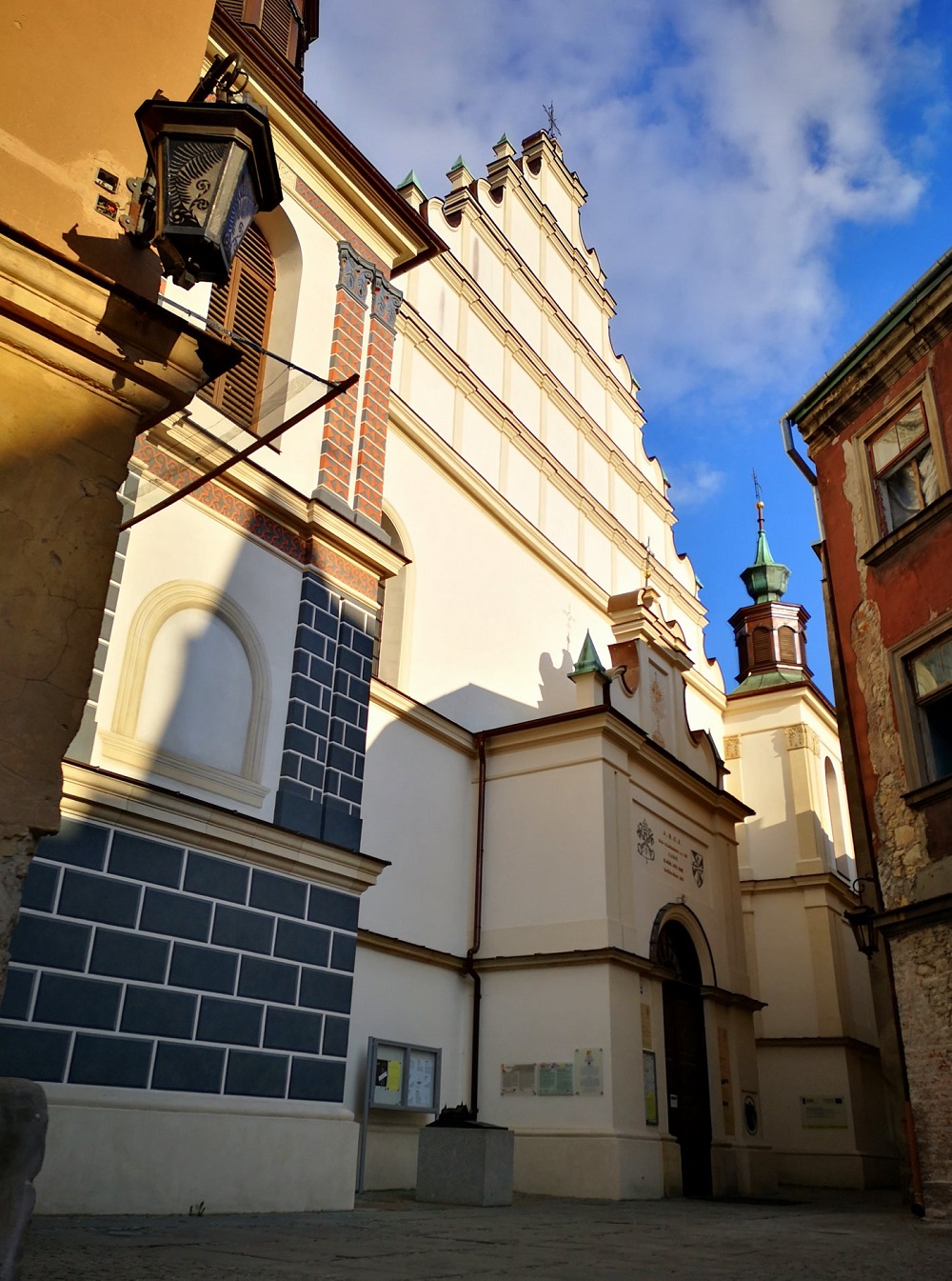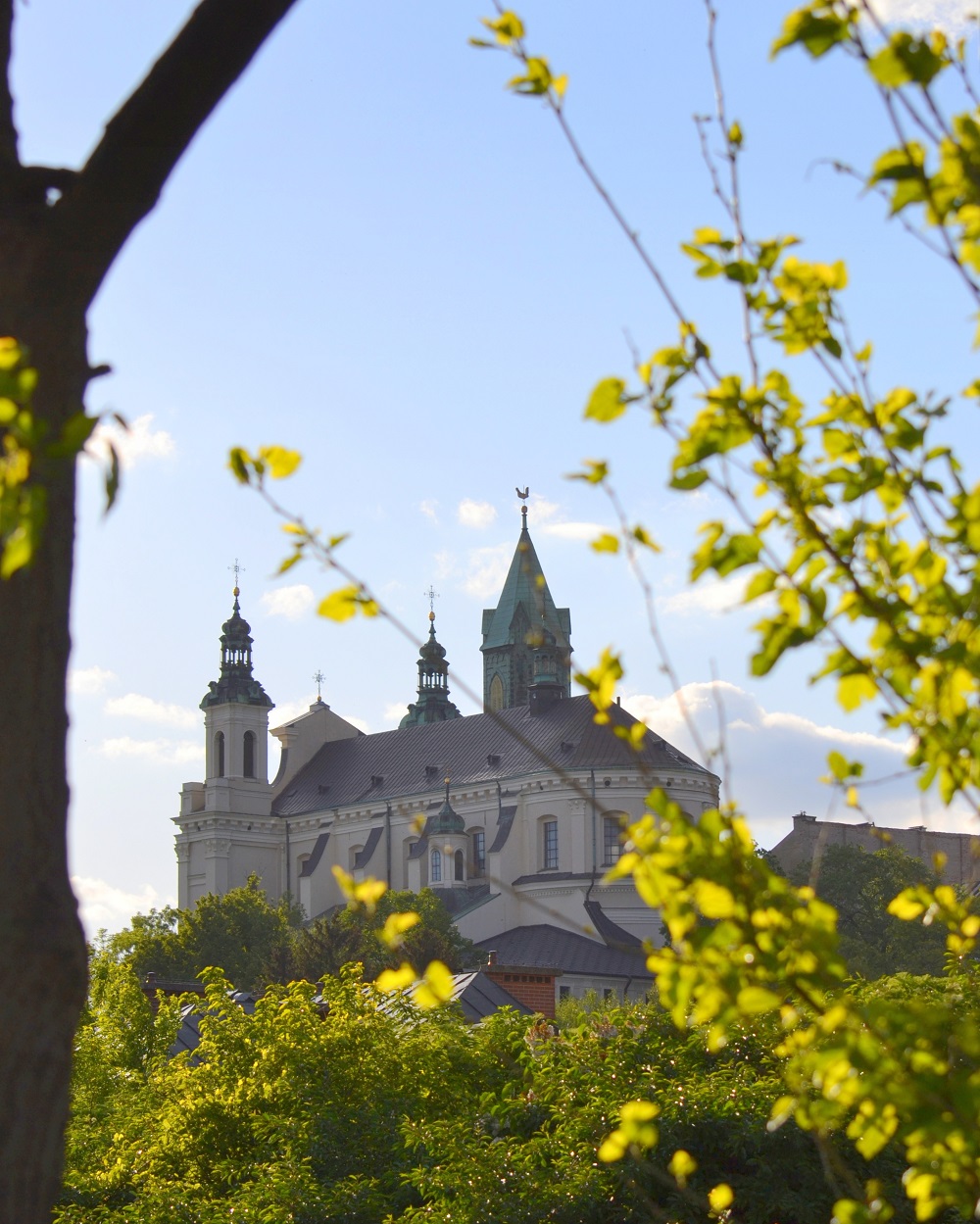Lublin boasts numerous unique places and monuments, each contributing to its rich historical tapestry. Among these, some stand out as essential to understanding the city's history. One of the most valuable is the Holy Trinity Chapel, located on Castle Hill, with its walls adorned by 15th-century Ruthenian-Byzantine frescoes. This extraordinary site, along with the walls of the Dominican Basilica, bears witness to the events of the Polish-Lithuanian Union of 1569. Both have been recognized with the prestigious European Heritage Label. Lublin's Old Town, renowned for its well-preserved Renaissance buildings that also feature elements of Gothic, Baroque, and Classicism, has been distinguished with the title of Historic Monument. We hope your visit is filled with unforgettable experiences.
National Museum in Lublin

Perched atop a hill, Lublin Castle stands as one of the most iconic architectural and historical symbols of Lublin. It is believed that an early medieval settlement existed on Castle Hill as early as the 6th century AD. By the 12th century, the castellan had established his seat here, and the tower that still stands today was likely constructed in the 13th century. A pivotal moment in the castle's history occurred in 1341 when the Tatars invaded Lublin. Following this event, King Casimir the Great ordered the construction of a brick castle to replace the earlier wooden structure.
The castle frequently hosted royalty; King Władysław Jagiełło visited many times, and Jan Długosz served as tutor to the sons of Kazimierz Jagiellon for two years. During the reign of Sigismund the Old in the 16th century, the castle underwent significant reconstruction. On July 1, 1569, the historic Polish-Lithuanian Union, known as the Union of Lublin, was sworn at the castle during the General Sejm of the Crown and the Grand Duchy of Lithuania, with the participation of King Sigismund Augustus. This was the first interstate real union in Europe.
In the 17th century, during the Swedish Deluge, the castle fell into disrepair. It was not until the 19th century that plans were made to build a prison on the site of the ruined structures. A grand neo-Gothic edifice was designed by engineer Jan Stompf. From the mid-19th century until 1915, the castle housed mainly political prisoners, including writers Aleksander Głowacki (better known as Bolesław Prus) and Andrzej Strug. Later, the castle served as the Gestapo’s investigative prison, and subsequently as a facility for the NKVD and the Security Office.
In 1957, the Lublin Museum, now the National Museum in Lublin, opened within the castle. The museum boasts extensive collections in archaeology, numismatics, military history, and ethnography. Its painting gallery features Jan Matejko's renowned masterpiece, Union of Lublin. While visiting Lublin Castle, don’t miss the Holy Trinity Chapel, renowned for its breathtaking Ruthenian-Byzantine frescoes.
Grodzka Gate
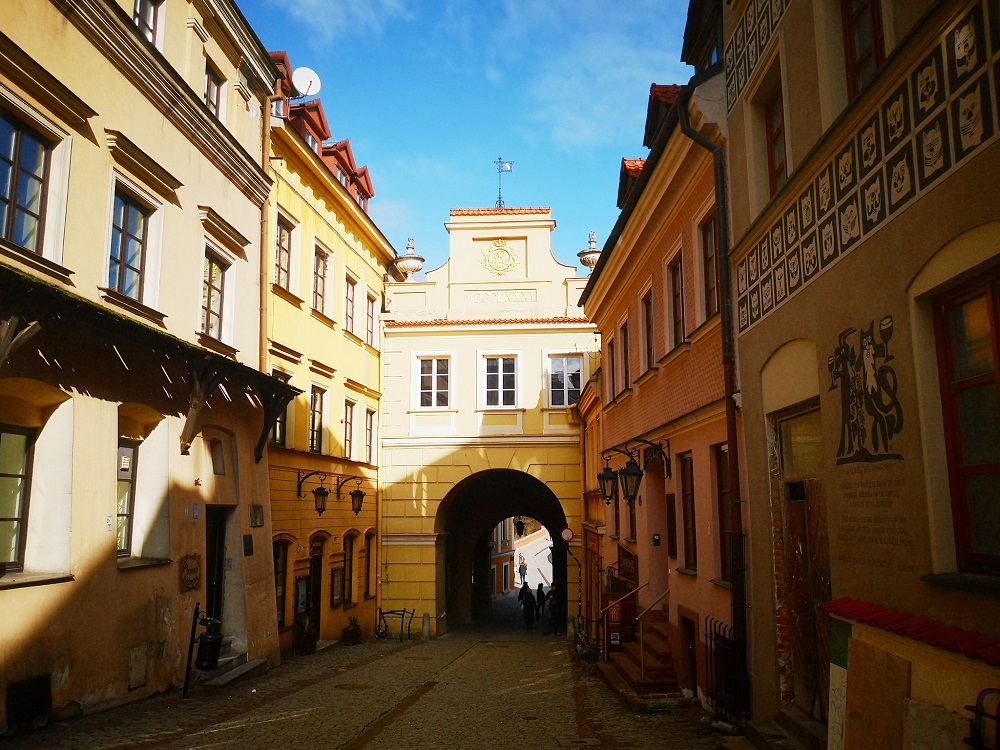
The Grodzka Gate was constructed in 1341 following the Tatar invasion, during the reign of King Casimir the Great. It served as a passageway in the defensive city walls. In the late 18th century, under the direction of the Commission of Good Order (Boni Ordinis), the gate was rebuilt in a classicist style and lost its defensive features. This reconstruction is commemorated by details visible from the Old Town, including the date MDCCLXXXV and the monogram SAR (Stanislaus Augustus Rex—Stanislaus Augustus the King).
The Grodzka Gate also held symbolic significance as a connection between the Christian and Jewish quarters of the city, earning it the colloquial name "Jewish Gate." Today, it houses the Grodzka Gate – NN Theater Center, where visitors can explore a model of the former Jewish quarter and engaging exhibitions documenting everyday life in pre-war Lublin.
Po Farze Square

The name Po Farze Square (roughly translating to "Post-Parish Church Square") reflects the history of the site, where St. Michael the Archangel Church once stood for several centuries. It was the first parish church in the city, commonly referred to simply as "the parish." The church was likely built in the 13th century. According to legend, Prince Leszek the Black commissioned the temple as a votive offering after defeating the Yotvingians in battle.
The story goes that the prince, who had come to Lublin to confront the invaders, fell asleep beneath a large oak tree at the site where the church would later be built. In his dream, Archangel Michael appeared and handed him a sword with which to vanquish his enemies. The church was notable for its impressive size, with its tower visible from a distance of 5 Polish miles (1 Polish mile = 7,146 meters).
In 1844, the decision was made to demolish the church, officially due to its poor structural condition. Today, a mock-up of the church and a reconstruction of its foundations can be seen in Po Farze Square. These elements are the result of revitalization efforts undertaken in the early 21st century.
Old Town Market Square
Situated in the heart of the city, Lublin's Old Town Market Square takes the shape of an irregular quadrangle. Its location was influenced by the pre-existing buildings and the contours of the hill. Historically, the square served administrative, judicial, commercial, and cultural functions, where townspeople, noblemen, and merchants conducted their business. Monks would travel to the nearby Dominican monastery, while court deputies ascended the stairs to the Crown Tribunal. The square was particularly lively during the four annual fairs, which attracted merchants from distant corners of the world.
The tenements surrounding the Market Square belonged to affluent bourgeois families. Their appearances have evolved over the centuries in line with changing architectural styles, and they have also been shaped by disasters such as fires and wars. One of the largest fires in Lublin's history occurred in 1575, allegedly ignited by Jadwiga, a careless burgher, who accidentally set fire to her cakes before a fair, leading to the destruction of a significant portion of the city. During the bombardments of Lublin in 1939 and 1944, some of the tenement houses around the square were destroyed.
In the 1950s, the tenements were rebuilt, retaining the original division of plots. It was during this time that many buildings were adorned with characteristic sgraffito decorations on their façades. The Market Square is now home to numerous cafés and restaurants, making it an excellent place to relax and enjoy a meal. Additionally, the entrance to the Lublin Underground Trail can be found here.
Church and monastery complex of the Dominican Order
One of Lublin's most important monuments is the church and monastery of the Dominican Friars, which was established in the city in the 1330s. In 1342, following the Tartar invasion, a brick Gothic single-nave church dedicated to St. Stanislaus the Martyr was built to replace a wooden temple. The church underwent several extensions over the years, with the most significant reconstruction occurring after a fire in 1575, which added features of the Lublin Renaissance style, designed by architect Rudolf Negroni. In 1569, a thanksgiving service was held here to commemorate the conclusion of the Union of Lublin. In 1967, Pope Paul VI elevated the church to the status of basilica minor.
The adjacent monastery was constructed in stages from the 15th to the 17th century, with the oldest section preserving cross-ribbed vaults and a 15th-century portal. One of the most intriguing parts of the monastery is the former refectory, which features a distinctive palm vault supported by a single column. According to monastic tradition, the Union of Lublin was signed in this very refectory in 1569.
Following renovations completed in 2012, an exhibition was established in the north wing of the monastery to showcase items related to the Dominican order. Among the most valuable exhibits in the monastery's treasury are a collection of antique books, liturgical vestments, and gold artifacts. For several centuries, the Dominicans of Lublin possessed one of the largest relics of the Holy Cross in the world, which came to Lublin from Kyiv in the 14th century. Unfortunately, this relic was stolen in 1991 and remains missing to this day."
Both the church and the monastery, including its treasury, are open to the public.
Trinitarian Tower

"On its tower a tin cock fluttered, another - bore a clock that hummed a tune." So begins Józef Czechowicz's "Poem on the City of Lublin." This cockerel, perched atop the Trinitarian Tower, is said, according to legend, to have warned the townspeople of approaching danger. Today, it is believed to crow whenever a virtuous maiden passes through the gate.
The tower's name refers to the Trinitarian Order, which owned the former Jesuit buildings at the turn of the 18th and 19th centuries. Designed by the Italian architect Antonio Corazzi, the building was completed in 1827, and its appearance has remained unchanged since. The interior houses the Museum of the Lublin Archdiocese, featuring a collection of sacred sculptures, paintings, and many other fascinating exhibits. At a height of 40 meters, an observation deck offers stunning views of the Lublin panorama. To reach it, visitors must climb several levels and ascend a total of 207 stairs.
Archcathedral
The magnificent Lublin Archcathedral is a must-see when visiting Lublin. Originally a Jesuit church, it was built between 1586 and 1604, designed by the Italian architects Giovanni Maria Bernardoni and Josef Bricci in the Baroque style. The church was modeled after the Roman Jesuit temple Il Gesù. In 1604, it was consecrated by the Bishop of Krakow, Bernard Maciejowski, and dedicated to St. John the Baptist and St. John the Evangelist. Alongside the church, the Jesuits established a college, the buildings of which once surrounded today’s Cathedral Square. Following a fire in 1752, the church was rebuilt and the famous illusionistic polychromies by the master Joseph Mayer were created.
In addition to the illusionistic polychrome paintings, the church is also worth visiting for its Baroque altar made of Lebanese pear wood, the relics of St. John Paul II, and the Tribunal Cross in the Chapel of the Blessed Sacrament, which once hung in the main hall of the Crown Tribunal. A painting depicting Our Lady of Częstochowa is held in exceptional veneration. On July 3, 1949, the faithful noticed tears on Mary's face. For several days, thousands of pilgrims from all over Poland flocked to the shrine, drawn by the news of the Miracle of Lublin.
Another highlight of the Archcathedral is the remarkable acoustic vestry, where visitors can whisper to each other while standing back-to-back in opposite corners of the room. The ticket also grants access to the unique treasury and the crypts where the bishops of Lublin are buried. The exhibition titled "Worship - History - Legends. Lublin Archcathedral - Heir to Monuments and Tradition," located at the choir, showcases real treasures, including an 18th-century unique processional canopy.
Cracow Gate
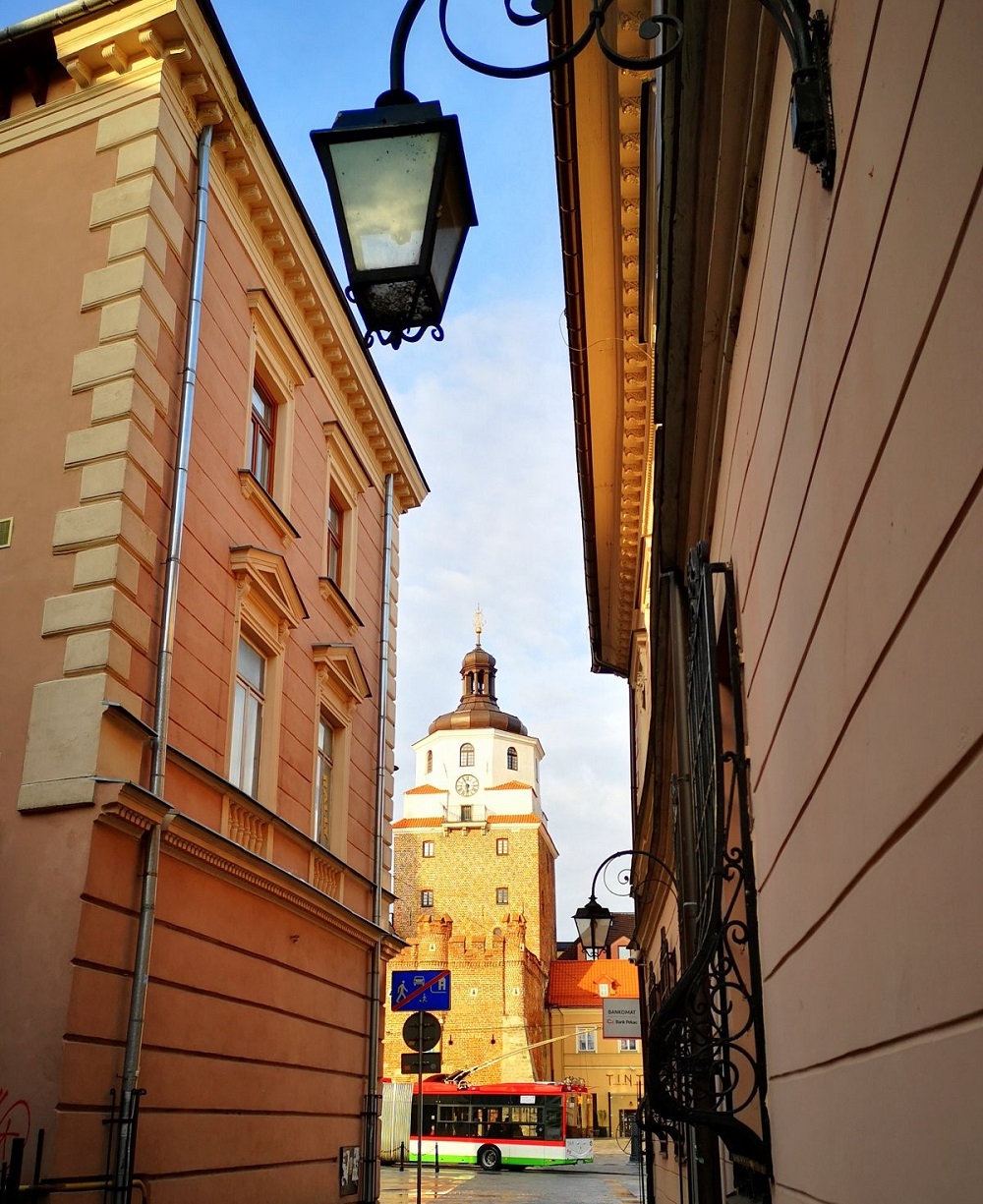
The Cracow Gate is one of the architectural symbols of Lublin, facing the historic route that led to the former capital of the state, Kraków, which is how it got its name. Constructed after 1341 during the reign of King Casimir the Great, it was built as a fortification within the ring of defensive walls surrounding the city, following the Tartar invasion. The gate is topped with a Baroque helmet featuring the monogram SAR (Stanislaus Augustus Rex) and the date 1782, a remnant of its reconstruction by Dominick Merlini. The current appearance of the gate results from restoration and construction work carried out between 1959 and 1964, when its historic look was restored, and the interior was adapted for use as the Museum of the History of the City of Lublin. The Cracow Gate served as a prominent entrance through which royal and parliamentary processions passed. It also functioned as an observation point for the fire brigade, and the town bugle call was sounded from its balcony. A clockmaker once resided here, tending to the clock located on the gate; however, he was likely not a very skilled craftsman, as a poem lamenting the state of Lublin's clocks once declared: "Everywhere the clocks are often wrong, but those in Lublin are the most reliable liars."
Litewski Square
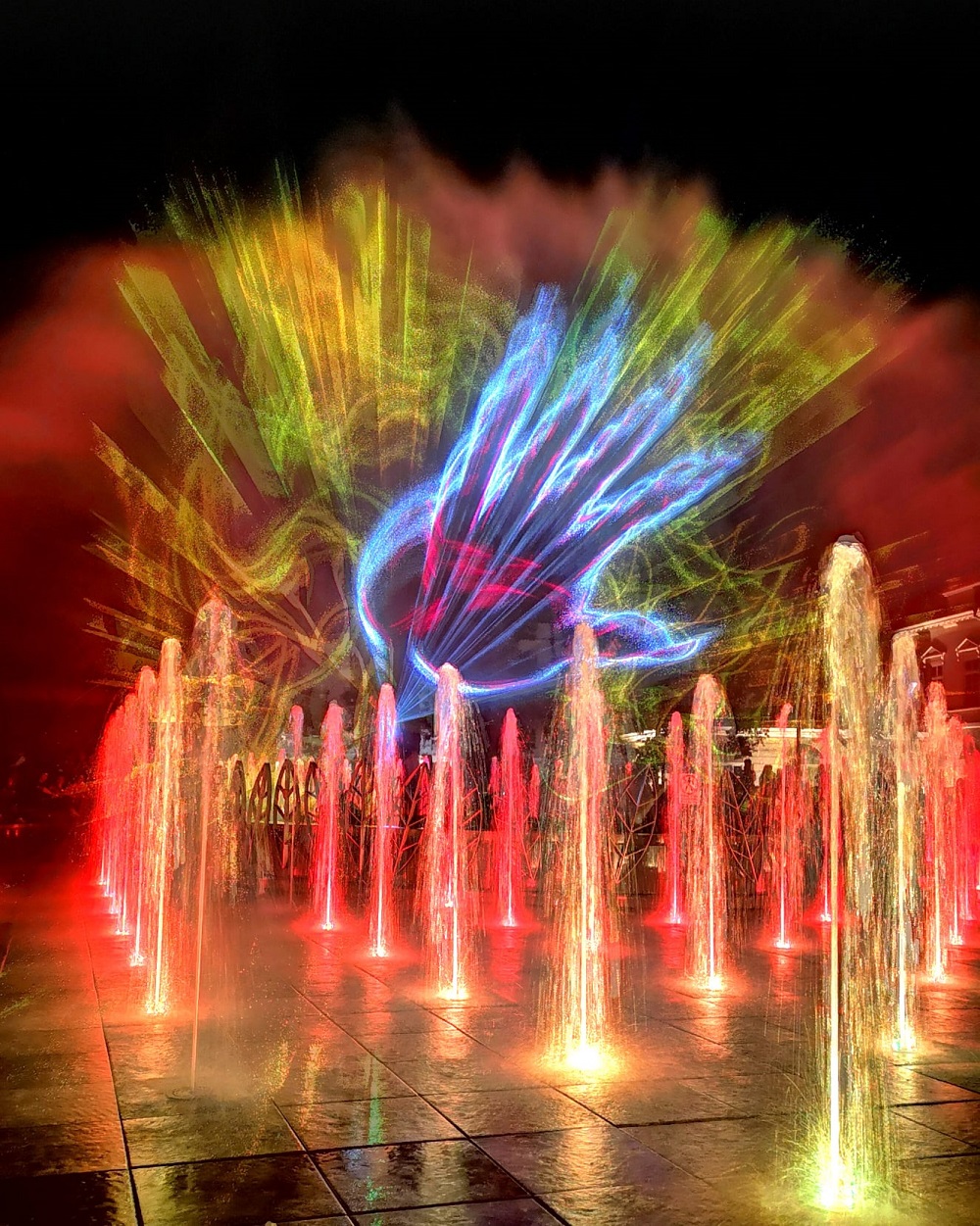
Litewski Square is Lublin's largest and most distinguished square, hosting parades and major state ceremonies. It’s also one of the city’s favorite gathering spots. Historical accounts suggest that Lithuanian envoys camped here for the Sejm sessions, which culminated in the signing of the Polish-Lithuanian Union in 1569. This significant event is honored by an obelisk-shaped monument.
Other notable monuments on Litewski Square commemorate Marshal Józef Piłsudski, the Unknown Soldier, and the 3rd of May Constitution. The square is bordered by impressive historical buildings, including former palaces of the Czartoryski and Lubomirski families and the old Gubernial Government office in the northern section. Opposite stands the striking Central Post Office, which gained its current look after a reconstruction in 1921. In summer, Litewski Square also features multimedia fountain shows, where short films on the city’s history and cultural sites are projected onto a water curtain.
Centre for the Meeting of Cultures
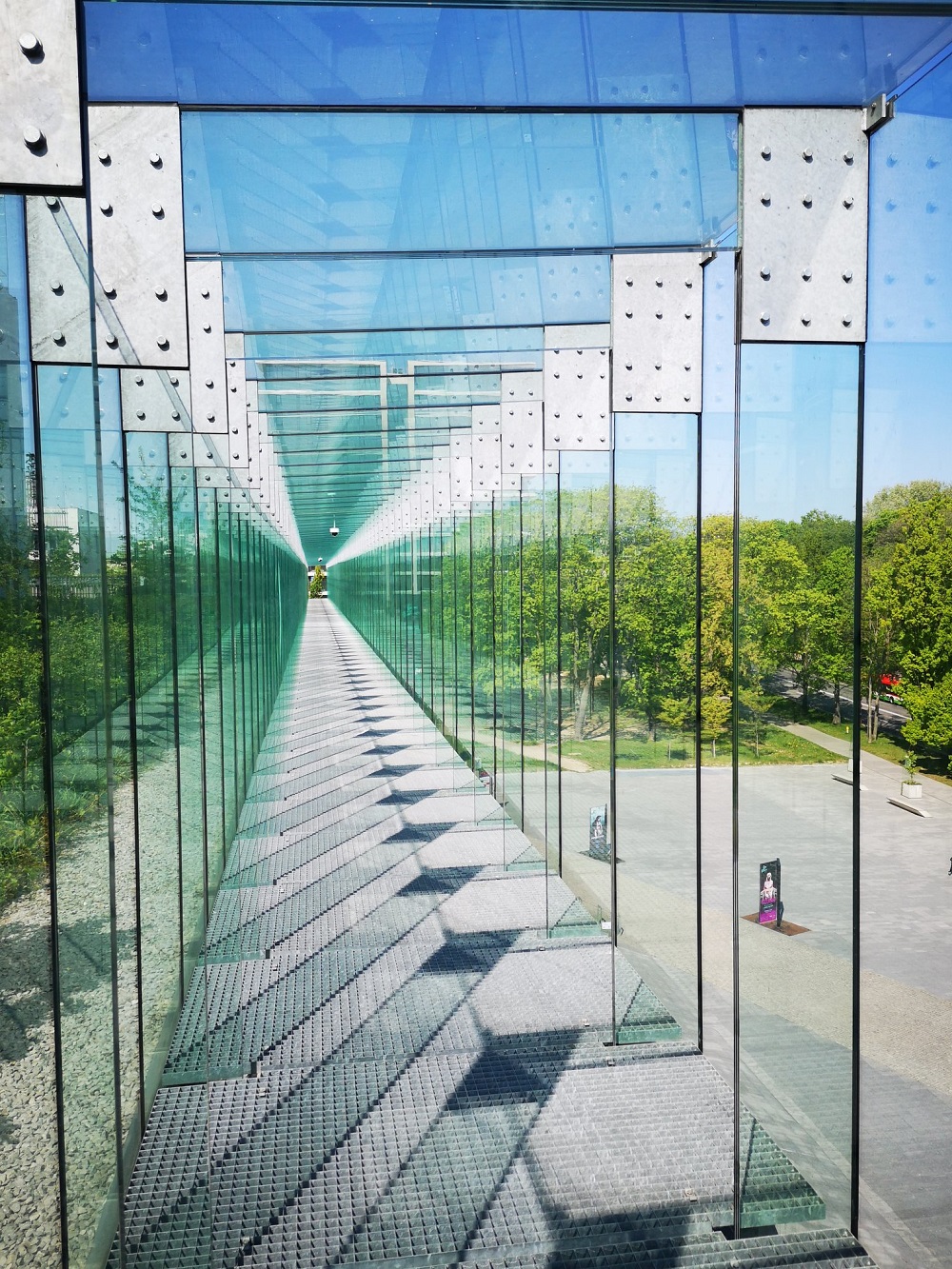
Until recently, the Centre for the Meeting of Cultures was colloquially known as the "Theatre Under Construction," as the unfinished building stood in the city for nearly four decades. Construction began in 1974, but funding ran out soon after. Thanks to renewed efforts completed in 2015, we can now admire the impressive modern structure, designed by renowned Lublin architect Bolesław Stelmach. Its industrial design features green terraces planted with species native to the Lublin region, as well as the Municipal Artistic Apiary. A walk along the glass sky corridor offers sweeping views over the city. The Centre hosts various events, including concerts, performances, and both permanent and temporary exhibitions. Visitors can also relax with a coffee or craft beer in one of its many venues.
Lublin Open Air Village Museum

The picturesque Lublin Open Air Village Museum is one of the largest and most beautiful open-air museums in Poland. The museum showcases artifacts typical of villages from various parts of the Lublin Region. Agricultural crops, horticultural produce, and farm animals such as horses, goats, chickens, geese, and ducks enhance the atmosphere. In this Provincial Town of Central Europe, you can see faithfully reconstructed buildings, including a town hall from Głusk, a jail from Samoklęski, and a restaurant from Zemborzyce.
Botanical Garden

The Botanical Garden of Maria Curie-Skłodowska University, set in a varied landscape with loess ravines and the Chechówka River winding between them, is one of the most popular walking destinations for both Lublin residents and tourists. The garden features plants from various climatic zones and boasts over 1,600 species of trees and shrubs, more than 3,300 herbaceous plants growing in the ground, and approximately 1,600 species of greenhouse plants. On the garden's grounds, you'll find a reconstructed noble manor house that once belonged to Jan Nepomucen Kościuszko, Tadeusz's uncle, who also visited the estate in the second half of the 18th century.
State Museum at Majdanek
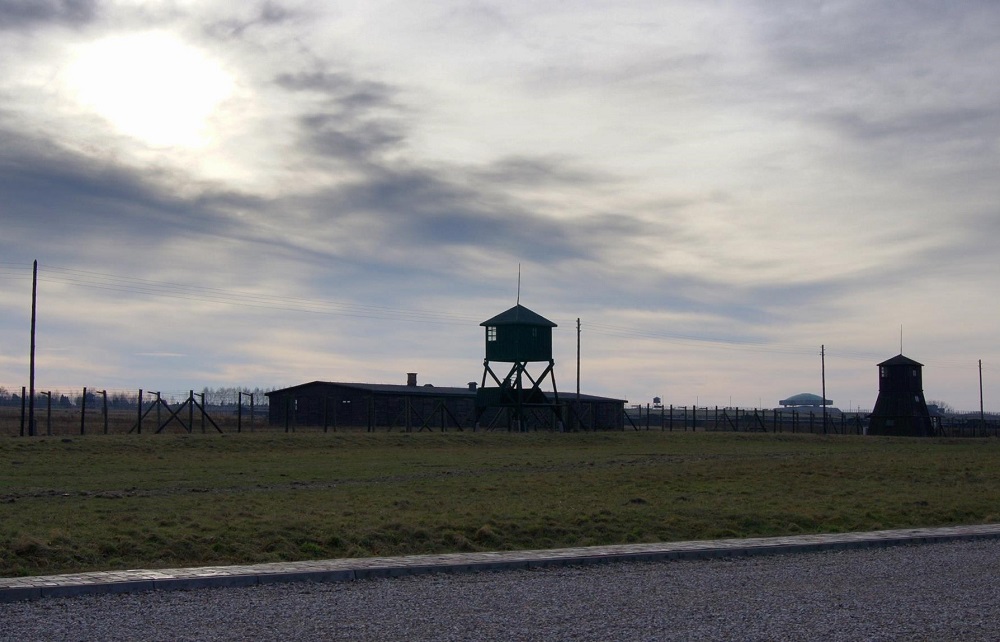
The German concentration camp, known as Konzentrationslager Lublin (KL Lublin) and commonly referred to as Majdanek, was established by a decision of Heinrich Himmler and spanned an area of 270 hectares. It operated from October 1941 to July 1944. Prisoners came from around 30 different countries. The State Museum at Majdanek preserves the memory of their tragic fate.
There are many more fascinating places to explore—come and see for yourself! Start your tour at the Lublin Tourist and Cultural Information Centre (6 Krakowskie Przedmieście Street), where you will receive all the information you need. Feel invited!





